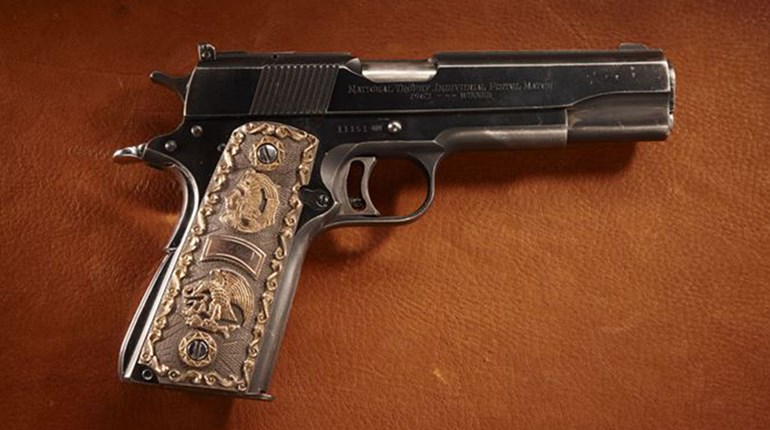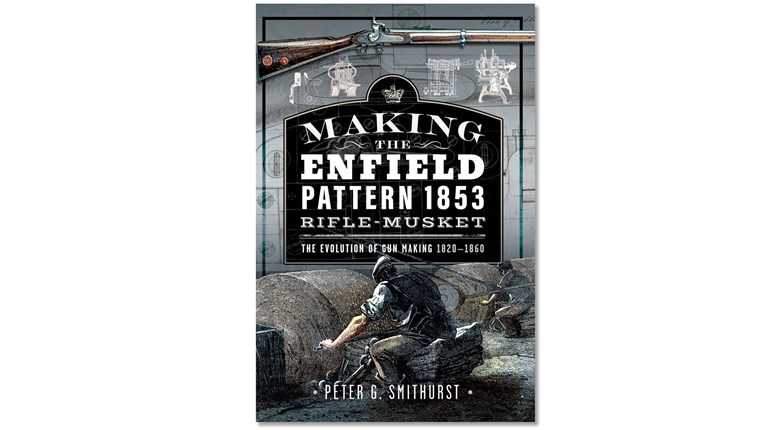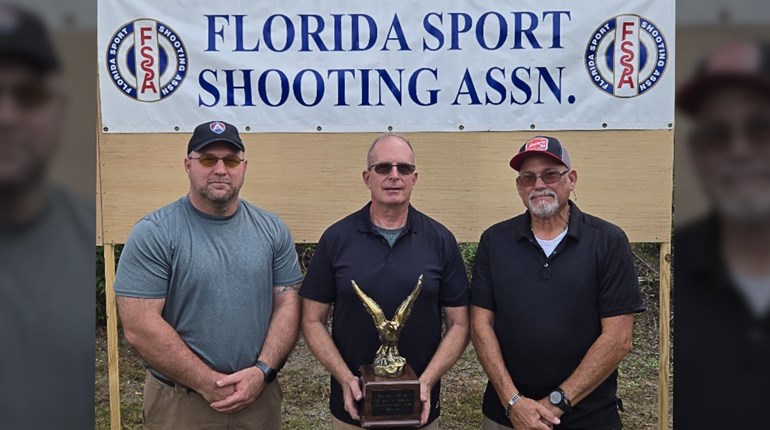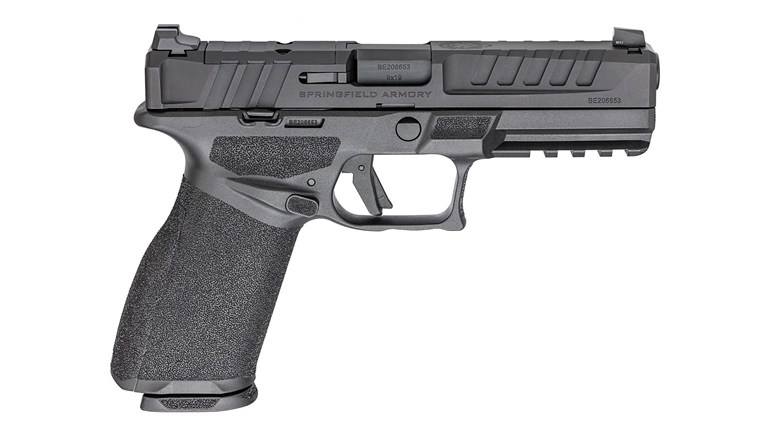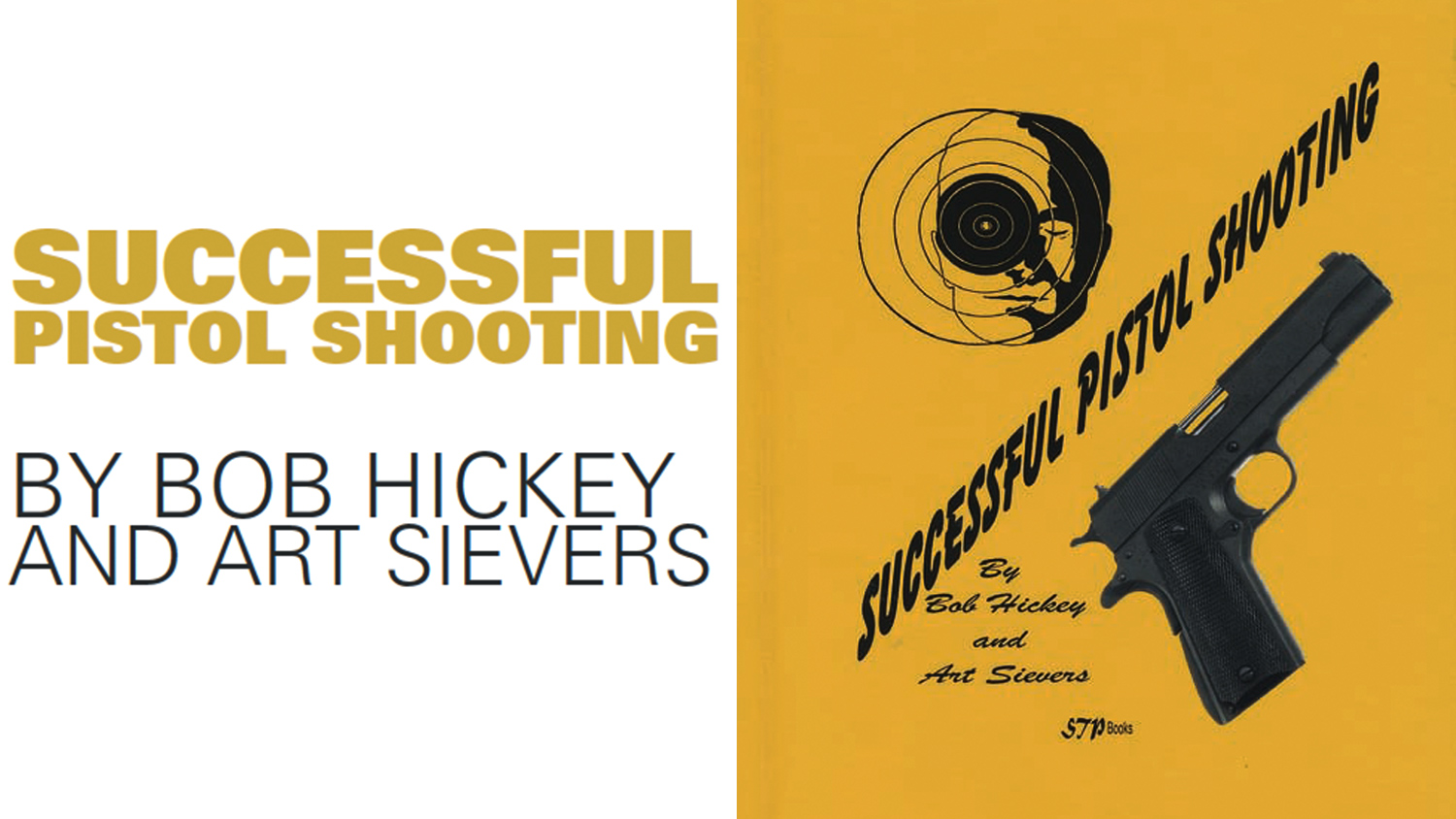
If you enjoyed military boot camp, you’ll like this book. This is an updated version from what was originally published in 1996 and, while the earlier version perhaps earned a reputation for being abrasive and self-serving, this newer version attempts to add balance by acknowledging other coaching styles and philosophies. I said “acknowledge,” not embrace. By their own admission, the authors state on page 21: “We have questioned the validity of the handgun information available in the public domain …” But a healthy debate flushes out unjustified methods and I found the general discussions well documented with credible results among the authors’ team members who went on to succeed in competitive shooting.
Some statements in the book are simply incorrect, like the forward from a former teammate that states “NRA coaches and instructors are chastised if they vary, even minutely from the lesson plan.” in fact, the NRA instructor’s guide states that “Course content may vary based on the size of the class and experience of the instructor.” Other self-serving comments simply fall into the category of “our team was best.” Did the authors take journalistic license to promote their teams? Perhaps, but it doesn’t detract from the original thinking shared in this 661-page book.

If you can weather the blunt, “simple-is-better” philosophy of Hickey and Sievers, it is worth studying their cause-and-effect analysis. Many coaches believe “Harder is better,” advocating, for example, a very long hold to settle the sight picture. The Hickey/Sievers view, in contrast, is to tax the muscles less and complete the shot much sooner, resulting in less fatigue and unnecessary mental distraction. This is a technique advocated by many whose physical conditioning may not measure up to a professional shooting team regimen.
From the Sioux City Journal: “Bob Hickey was an All-American shooter in college and a life member of the National Rifle Association. He started the Junior rifle program in Anchorage, AK, and coached teams to many national and international championships including the gold medal three-position rifle champion at the Munich Olympics. Robert E. “Bob” Hickey, 69, of Tucson, AZ, passed away in October of 2003, following a lengthy illness.” Having served as a Marine First Sergeant, Navy Chief and later as a Navy Lieutenant Commander, Sievers was the Navy pistol coach in the 1960s, sending 25 midshipmen to All-American status. A succinct coach, Sievers is not known for “beating around the bush.” Go to this link to learn about the Art Sievers Air Pistol team trophy: competitions.nra.org/documents/pdf/compete/nat-trophy/tro-112.pdf.
From Lones Wigger: “I knew Bob Hickey when he was a Junior rifle coach in Alaska. He was also the Intercollegiate National Indoor Champion one year, shooting a 299 three-position score which was unheard of at that time. I also knew Art Sievers very well. He was a very interesting and somewhat caustic guy, although I always got along with him well and liked him. He was very simplistic with pistol coaching. As I recall, he advocated align the sights and squeeze the trigger. That was all that was necessary to shoot the pistol well.”
While the tone may be distracting for some, the content is worth the effort of sifting through the delivery. Having filtered through some of the chest-beating, I found the book provocative and worth reading, if for no other reason than it made me reconsider things I had taken for granted from the “public domain.”
Champion Shooters Supply carries the book for a very reasonable $20.













